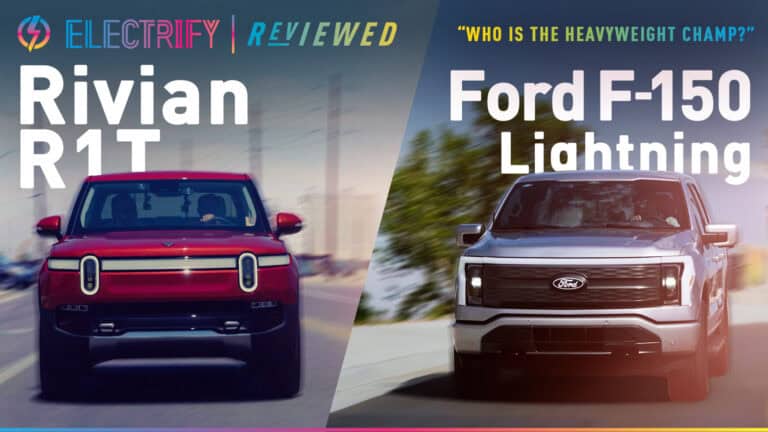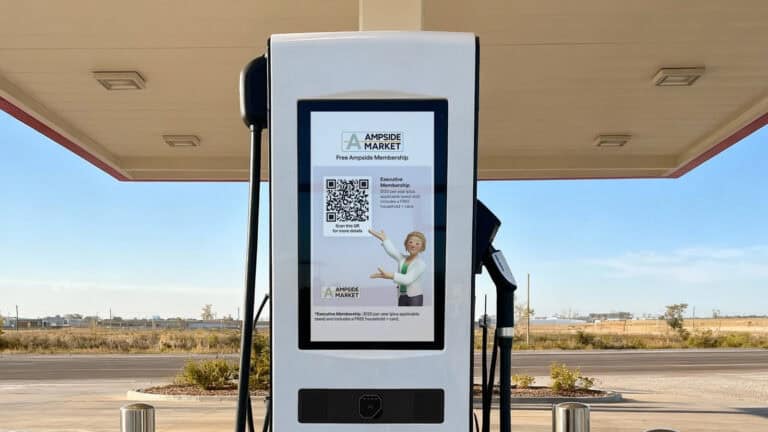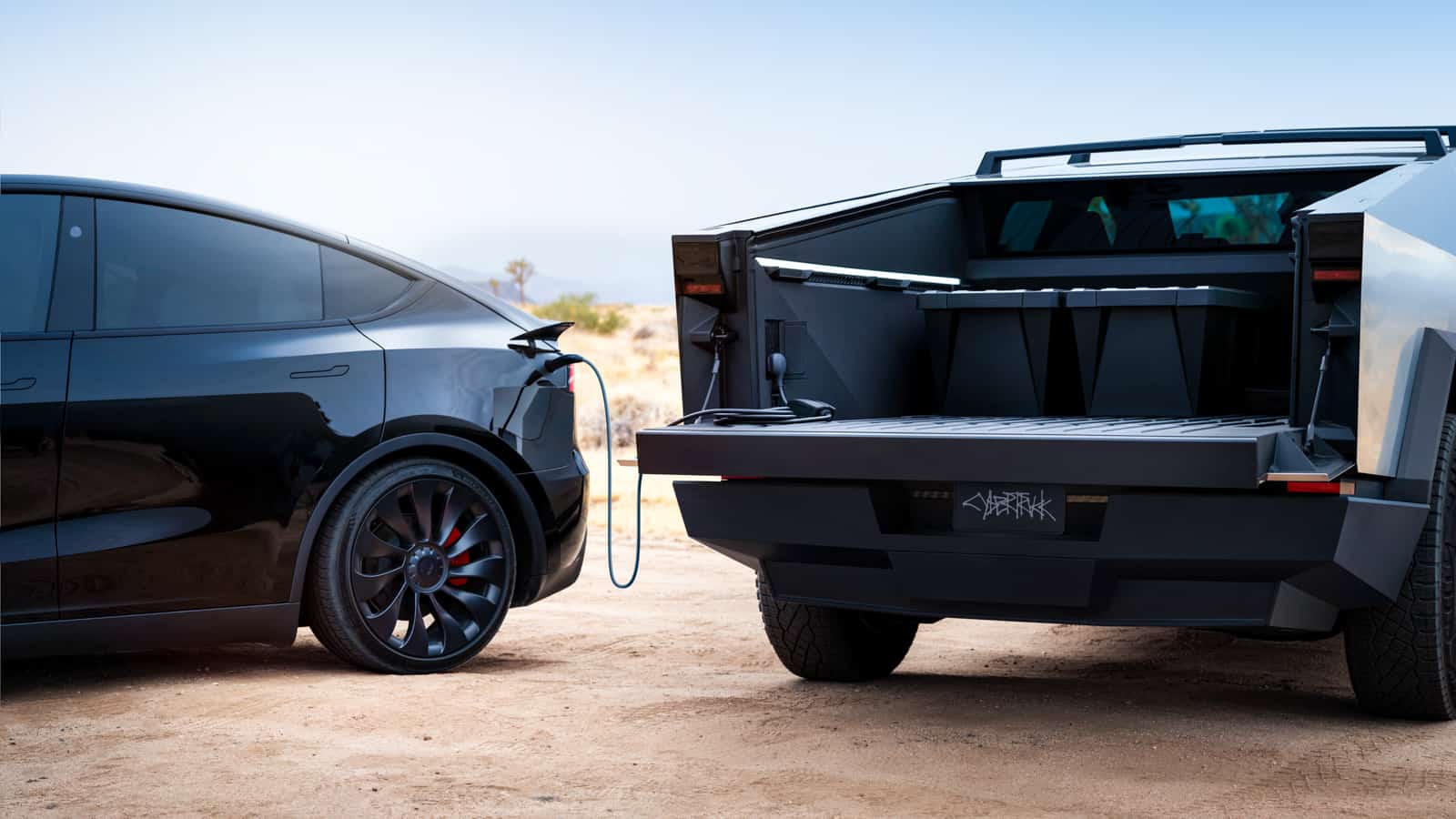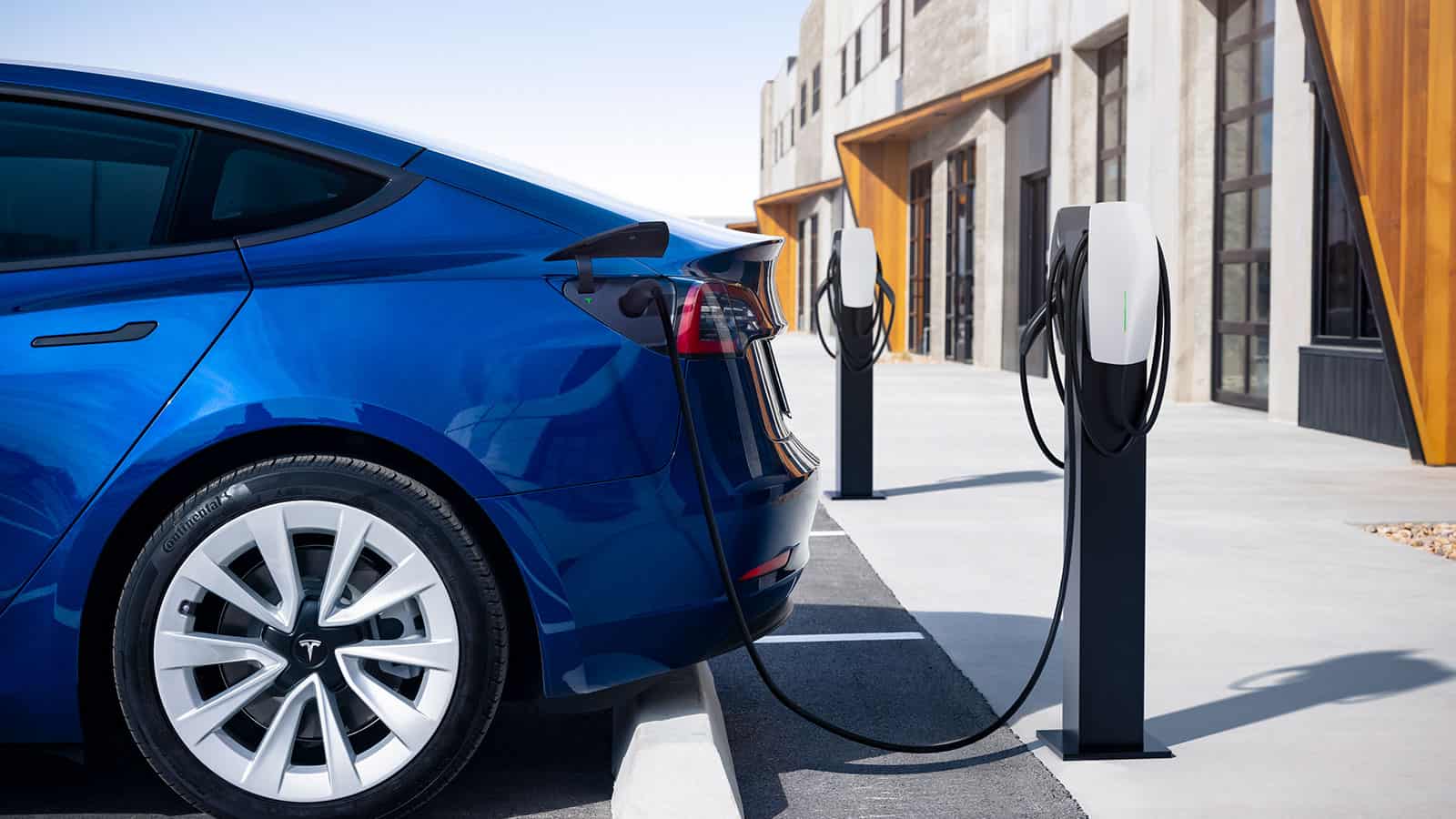- Electric vehicles are many times less likely to catch fire than their ICE counterparts.
- Sweden, who has a 40% adoption of EVs, sees that they catch fire 50 times less often than ICE vehicles.
- Fire departments are adapting to be able to handle these rare EV fires.
- Per 100k vehicles, 25 electric vehicles will catch fire, 1530 ICE vehicles will catch fire.
Electric vehicle fires make the news a lot. But does that mean that EVs are more likely to catch fire? Or is it just that more people will click on a headline that shows an EV caught fire than an article on a gas-powered vehicle catching fire? Let’s start by looking at some statistics.
According to data from the National Fire Incident Reporting System, as analyzed by the National Fire Protection Association (NFPA), an average of 117,370 passenger vehicles caught fire annually between 2013 and 2017. This translates to 321 car fires per day, or a car fire every five minutes. However, specific data on the number of these fires involving electric vehicles are not readily available from American government agencies.
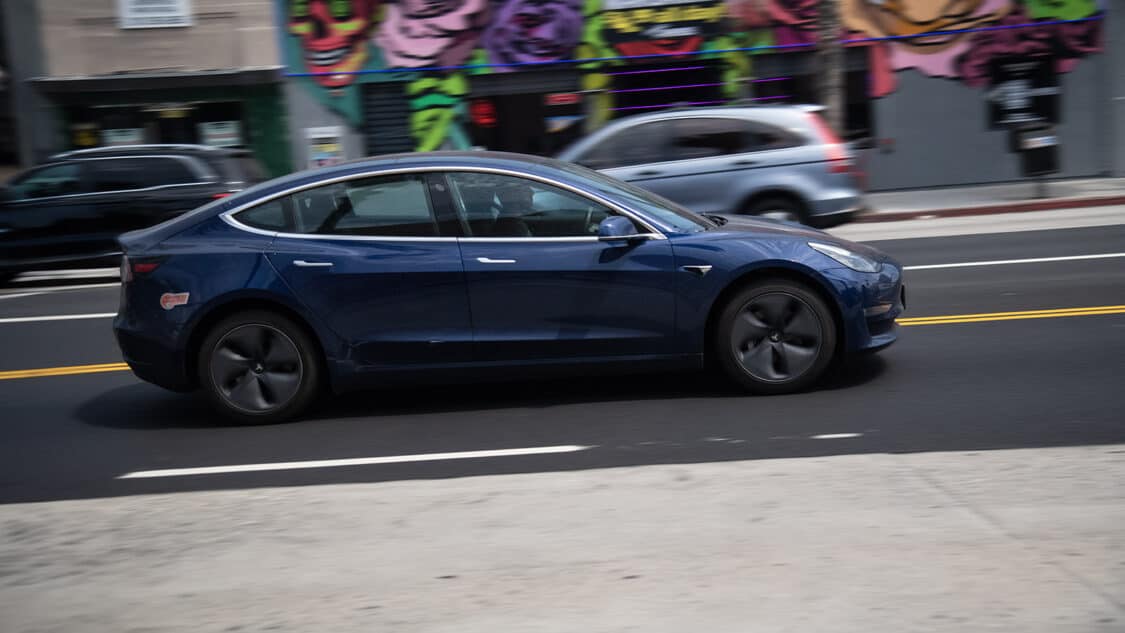
And when a Tesla vehicle is involved in an accident and/or catches fire, that’s instant clickbait, because the Tesla brand, and EVs in general, can be a polarizing topic. Nobody will report if a 2004 Ford Ranger catches fire, that won’t attract views. I hate that modern “journalism” is about clicks and SEO, but I digress.
A Strong Use Case
Sweden, who saw mass adoption of EVs, now shows that about 40% of the cars on their roads are BEVs, or Battery Electric Vehicles, and has more knowledge and data about EVs than the U.S. As an example, in Sweden, between 2018 and 2022, only 29 EVs and 52 hybrids were reported to have caught fire. On average, battery-powered vehicles, including EVs and hybrids, accounted for only 1.9 percent of all passenger vehicle fires in Sweden annually, with the majority of vehicle fires involving gas- and diesel-powered cars.
Roughly, in that case, gas-powered cars are 51 times more likely to catch fire than EVs. Yes, some of this has to do with the fact that electric cars on the road are often newer than some of their internal-combustion engine-powered counterparts, since most EVs have been on the road for the most part since 2012.
To go back to Tesla, who is currently responsible for half of the EVs on the roads in the U.S., reports that their cars are averaging five car fires per billion miles traveled, vs 55 fires per billion miles traveled in ICE vehicles, so 11 times more likely.

Insurance companies are obviously paying very close attention to these statistics. Per AutoinsuranceEZ, ICE vehicles are more than 60 times more likely to catch fire than an EV, while hybrids are more than 130 times more likely to catch fire than an EV.
The poor Chevy Bolt was recalled, because there was a fire risk. Just over a dozen Chevy Bolt vehicles caught fire. The recall extended to all Bolt EV and EUV models to replace the batteries with new ones with an improved manufacturing method and partnering with LG to keep the defects out of the new battery modules.
Hybrid Vehicles
Sweden seems to have good luck with their hybrids, but the American statistics show a very different story. It turns out that here, the hybrids are the problem. They provide the best, and the worst, of both worlds. They have all the complexity of an ICE vehicle, but adds in the battery system and motor(s). Now you have a vehicle that can catch fire more easily, as it has both gasoline and a lithium-ion battery.
All it takes is a leaky hose to drop some fuel on hot engine parts and ignite the fumes to start a fire (there are other ways a fire can start, as well). Hybrid vehicles catch fire here at a rate of 3,475 fires per 100,000 vehicles, while the ICE vehicles average 1530 fires per 100,000 vehicles. EVs? 25 fires per 100,000 vehicles. Doesn’t seem like the EVs are much of a risk when you read that, does it?
EVs are also simpler, with less parts to break or wear out. The battery cells themselves are very carefully protected against damage and short-circuits. For them to catch fire, they need to have a certain temperature (about 150 degrees Celcius or 302 degrees Fahrenheit) or a short circuit to have a thermal runaway. If they do catch fire, however, it is very difficult to extinguish the fire, as the lithium inside provides the fuel and the oxygen needed to keep the fire burning, where a gasoline or diesel fire can be extinguished if you can cut the oxygen.
Adapting Firefighting Techniques
Fire departments are learning to adapt to these challenges. Various organizations are working to train firefighters on the best practices for extinguishing EV fires, and research is ongoing to develop better techniques and fire-suppressing chemicals. Manufacturers are also contributing by clearly marking high-voltage components in EVs to aid in safe and effective firefighting.
Handling EV Fires Post-Extinguishing
Once an EV fire is extinguished, the remains must be transported to a special holding yard prepared for potential reignition. These yards typically follow additional procedures, keeping burned EVs farther away from other flammable objects and monitoring the remains for re-ignition.
Despite the unique challenges posed by electric vehicle fires, these vehicles are definitely not more prone to fires than their gasoline or diesel counterparts. Continued training for firefighters, ongoing research into improved firefighting techniques for EV fires, and adaptations in post-fire handling all contribute to managing the risks and challenges of electric vehicle fires effectively. The general consensus, supported by limited available data and real-world experience, is that electric vehicles do not pose a greater fire risk than other vehicles. In fact, it’s quite clearly the opposite, EVs are safer.
ADVERTISEMENT

FEATURE IMAGE: JASON BOLONSKI
FTC: We use income-earning auto affiliate links. Learn more.




